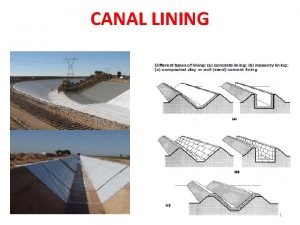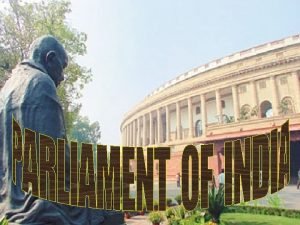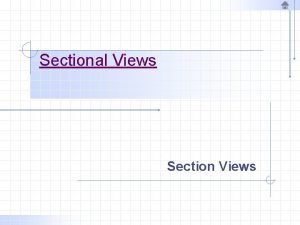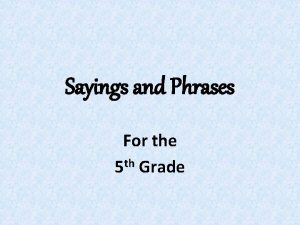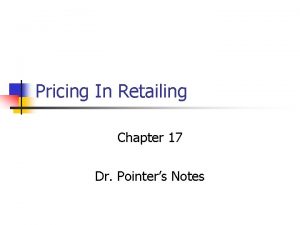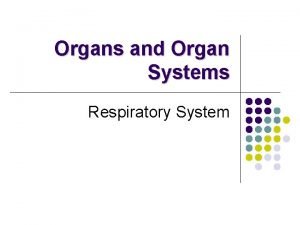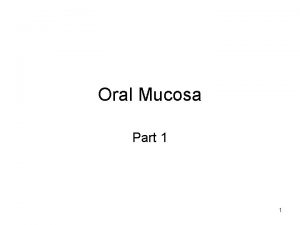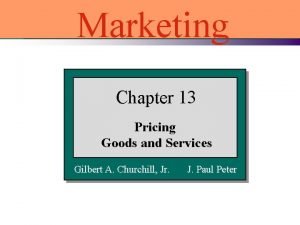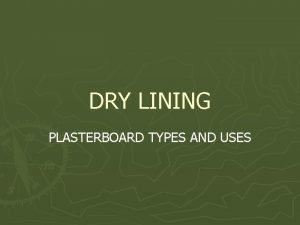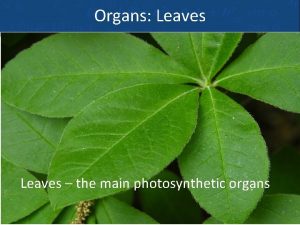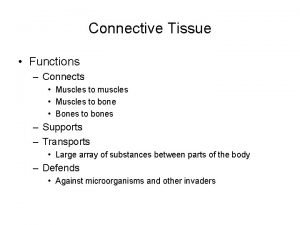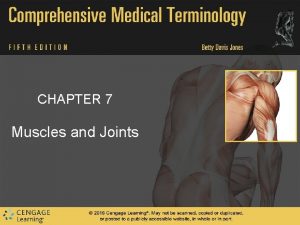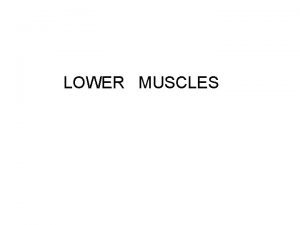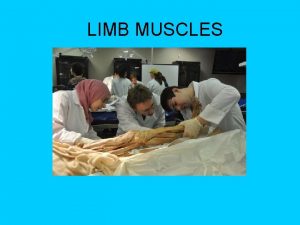Muscles Three Types of Muscles Lining of organs












- Slides: 12

Muscles

Three Types of Muscles Lining of organs – stomach, esophagus, uterus, walls of blood vessels. Involuntary muscle contraction and relaxation. Cardiac muscles are found only in the heart and are the muscles that make the heart beat. Involuntary muscle contraction and relaxation Attached to bones – allow to walk talk and hit a baseball. Muscles are attached by tendons. Voluntary – contraction/shorten relaxation/lengthen Antagonistic Muscles – pairs that work in opposition of each other Flexor and Extensor (Bicep and Tricep)

Origin is where the muscle attaches to stationary bone; Insertion is where it attaches to the moving bone. CNS – ensures that muscles don’t work agains each other.

Demonstration

Skeletal Muscle • • 80% of energy is used in skeletal muscles Containing many nuclei in each muscle cell Fibres enclosed by sarcolemma Two myofilaments – Thin are composed of actin, and Thick are composed of myosin. Overlap to produce striated appearance. • Length of muscle fibre defined by Z line that anchors actin fibres. The distance in between is sarcomere. Dark A band are formed by the thick myosin filaments, Light I bands are formed by thin actin filaments

Sliding Filament Theory Working Model theory Muscles move by shortening – Actin filaments slide over the myosin filaments Knob-like projection on Myosin filaments forms cross-bridges on receptor sites of Actin filaments Energy comes from ATP – without ATP cross-bridges detach and muscle becomes rigid – can last up to 60 hrs after death Transmitter Chemical – Endoplasmic Reticulum – Ca release Ca 2+ bind to sites along actin filaments to form cross- bridges with myosin - Contraction ATP taken up and muscle relaxes

Muscle Fatigue • Energy demand is met by aerobic respiration since muscles cannot store ATP • Glucose – Enzymes – Oxidation – ATP, CO 2, H 2 O • Creatine Phosphate ensures ATP remains high – provides P to ADP • O 2 + cellular respiration allows filaments to be drawn together • Energy > ATP – lactic acid accumulates causing pain and fatigue = Oxygen Debt • fluid around muscle becomes acidic preventing the muscle from contracting

Filament Theory and ATP Usage • Myofilament contraction • Breakdown of ATP

Muscle Contraction Normal Summation Tetanus

Fast and Slow Twitch Muscle Fibres • Sprinters have large amount of Fast Twitch muscle fibres – Thick Myosin Fibres • Isomers – Type I, IIa, IIx Type IIa Type IIx Fast muscle twitch Tye I Break down ATP slowly but Break down ATP slowly Slow muscle twitch inefficently Anaerobic respiration Break down ATP slowly Anaerobic respiration White muscle fiber Aerobic metabolism White muscle fibres – little Red muscle fibres – lots of myoglobin – energy from glycogen myoglobin – energy from O 2

Muscle Distribution

Motor System Injuries • Require regular exercise to maintain healthy muscles • Heavy work or exercise doesn’t help – torn muscles, stretched tendons, torn ligaments, joint sprains, joint dislocations Arthroscopic surgery to repair torn ligaments
